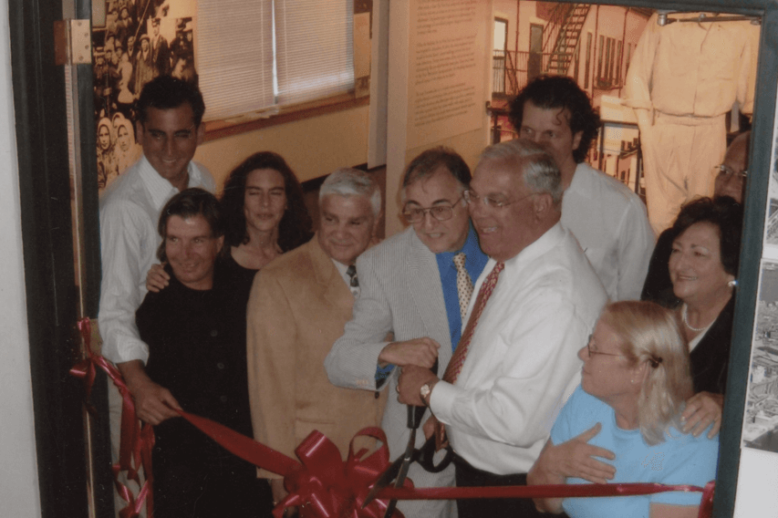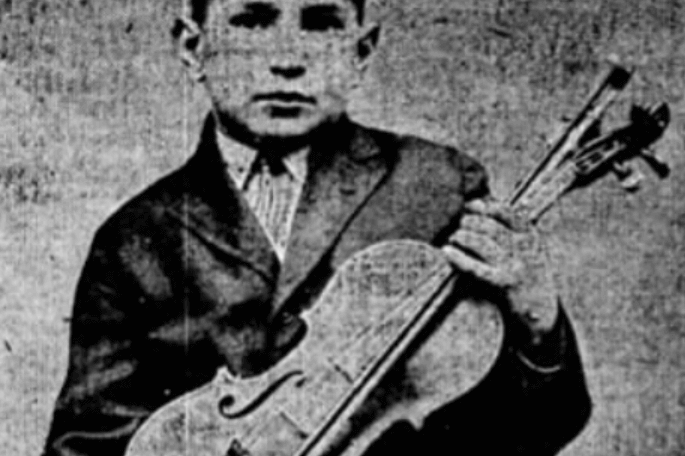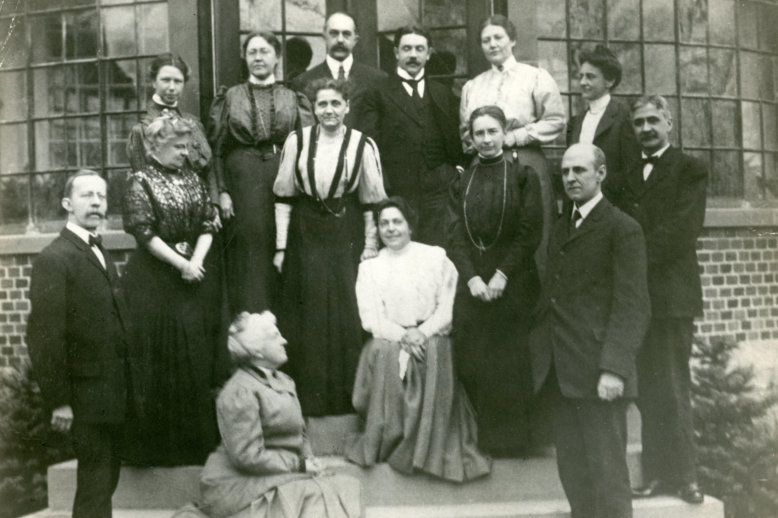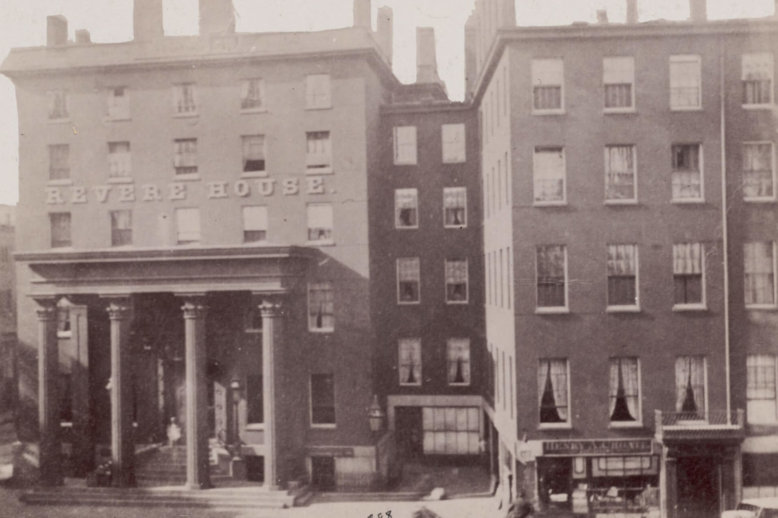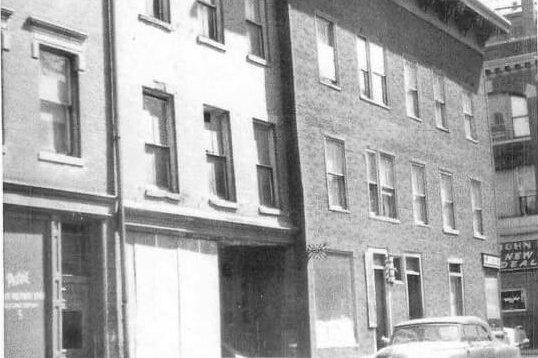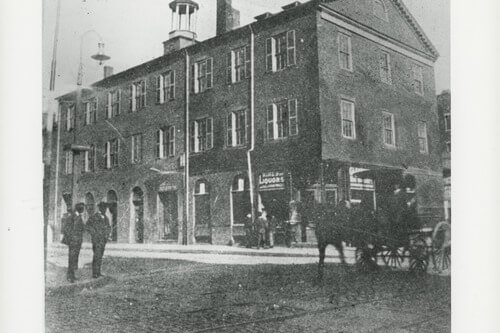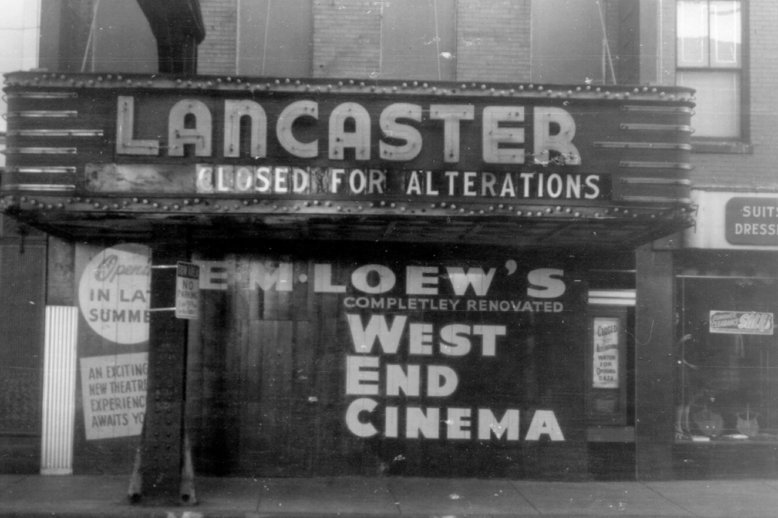Topic: Neighborhood Life
Street corner society, urban villagers, peer group society, life in the immigrant era
For twenty years, The West End Museum has preserved the history of the West End and the memories of its residents, many of whom were displaced by an urban renewal project in the late 1950s which demolished their homes and destroyed their community. The journey from the time of the evictions to the opening of the Museum’s doors in 2004 was full of fits and starts, including long legal battles. In the end, the perseverance of the entire lost community, and a smaller number of its dedicated leaders, made The West End Museum a reality.
Prescott Townsend (1894-1973) was a gay activist who lived on the North Slope of Beacon Hill from the early 1920s until his death in 1973. He was outspoken and proud of his identity, from boasting about his pilgrim ancestors to organizing early LGBTQ+-oriented groups in Boston.
Settlement houses were a valuable resource for immigrant families, providing them educational and health services, and practical support in adapting to their new country. Some settlement houses offered specialized services, such as music school settlements, which gave children and adults an opportunity to escape the daily struggles of city life by engaging with the arts.
The settlement movement was an attempt by scholars and social reformers on both sides of the Atlantic to address the problems caused by industrialization, urbanization, and, in America’s case, the mass immigration of the late 19th and early 20th centuries. Settlement Houses were important institutions in Boston’s West End, assisting families with a wide range of educational and social services.
From before the Civil War into the early 19th century, the Revere House was considered Boston’s most prestigious hotel, catering to the city’s elite and discerning guests from around the world.
The Lost Streets of the West End: Minot Street was one of the dozens of narrow, residential, West End streets razed by redevelopment in the 1950s. While the two street blocks on the northern side of the redevelopment zone were changed profoundly by urban renewal, the site’s rich history represents the constantly shifting geography of the Boston cityscape over the past two centuries.
Charles Bulfinch and his architecture transformed Boston during the Federalist era. Many of his works, such as the Massachusetts State House, still grace the city today. One of his now lost and lesser known buildings, the Parkman Market, served the West End as a public market, a factory, and an early home of St. Joseph’s congregation. Despite its historic significance, it did not survive Urban Renewal.
Like many fellow West Enders of her day, Dorothy Pastore relished an afternoon escape to the Lancaster Theater. There, neighborhood children from diverse backgrounds would join together and enjoy a break from the stresses of school and everyday life. Such experiences reinforced the notion of the West End as an urban village.


